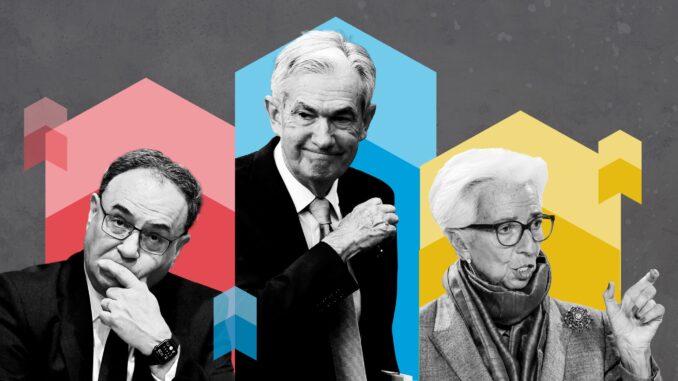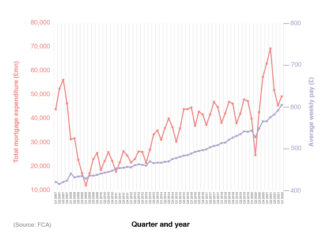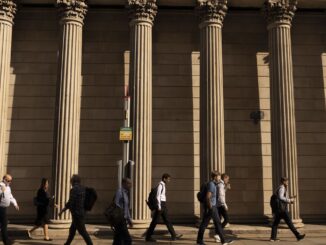
LONDON, June 6 (Reuters) – The Bank of England is trying to curb an inflation rate that is running higher in Britain than in the United States and the euro zone, without pushing the economy into a recession after having already increased borrowing costs 12 times since late 2021.
The BoE is expected to raise rates again, to 4.75% from 4.5%, on June 22 after inflation slowed by less than it hoped in April. Investors see a roughly 60% chance that Bank Rate will climb to 5.5% later this year.
Nonetheless, two of the Monetary Policy Committee’s nine members say the delayed impact on the economy of the BoE’s rate hikes to date mean there is no need to tighten policy any further.
Below is a summary of the factors the BoE is weighing up as it approaches its next meeting.
INFLATION
British consumer price inflation (CPI) fell to 8.7% in annual terms in April, down from 10.1% in March but higher than the BoE’s forecast of 8.4%. It was the joint highest among Group of Seven advanced economies alongside Italy’s.
More worrying for the BoE, two measures of underlying price growth – core inflation, which excludes energy, food and tobacco prices, and price increases in the services sector – both hit their highest rates since 1992.
However, analysts polled by Reuters last month forecast that headline CPI will slow to 3.7% in the fourth quarter of this year and to just above the BoE’s target of 2% in a year’s time as last year’s surge in energy prices drops out of the figures. The analysts mostly expected Bank Rate to peak at 5.0%.
Loading….
Source: www.reuters.com
ENB
Sandstone Group



